2024 marks 60 years since Queen Elizabeth II officially opened the Forth Road Bridge. In honour of this event, we will take a closer look at all 3 bridges that cross the Firth of Forth, exploring their history, sharing some fun facts and getting you up to speed on everything Forth bridge-related you'd ever need to know!
Where is the River Forth?
Before we begin, here is a quick geography lesson for you all. The River Forth is a 29-mile long body of water that starts in the Loch Lomond and Trossachs National Park (originating from Loch Ard), runs through Stirling and other towns such as Alloa and Airth before eventually becoming the Firth of Forth that acts as a home for the three Forth Bridges.
The Forth Bridge
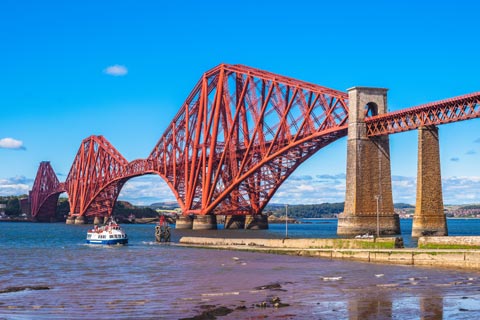
Where else should we start but with the bridge that started it all? The Forth Bridge is so iconic it even has its own paint named after it… "Forth Bridge Red". Perhaps a colour to remember the next time you fancy attempting a little interior decorating?!
The Forth Bridge is designed exclusively for train use, carrying around 200 trains daily travelling from Edinburgh and London northwards to Dundee and Aberdeen.
Opened in 1890, this bridge works via a cantilever design, and even though it was built all those years ago, it is still the longest bridge of its kind worldwide.
The Queen's Ferry
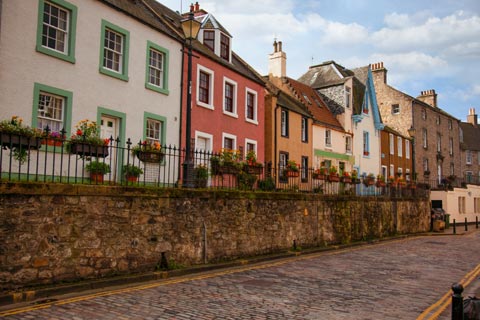
So why was such an ambitious bridge attempted in the first place?
There has been a crossing over the Firth of Forth for centuries. The town on the southern banks is called South Queensferry, whilst its counterpart on the opposite shore is North Queensferry.
The Queen referred to was saintly Queen Margaret, who established a free ferry in the 1100s to help Pilgrims reach St Andrews.
However, as trains increased in popularity, the need for a bridge arose, and the Forth Bridge was built.
Disaster
The mighty bulk of the Forth Bridge is due to a tragedy involving another railway bridge further north. In 1871, a rail bridge was built across the River Tay. A wild storm destroyed this bridge just a few years later, which resulted in the death of 75 people who were on a train crossing the bridge at the time.
The workers who built the Forth Bridge became known as "the Briggers". It's thought up to 73 lost their lives as construction was carried out. Although undoubtedly a mighty and magnificent structure, it is worth remembering that it came at the ultimate cost for some.
Royal Opening
The Forth Bridge was opened by the Prince of Wales (later known as King Edward VII) on the 4th March 1890. Since its opening, it has gained fame worldwide and was designated as a World Heritage Site by UNESCO in 2015.
The Forth Road Bridge
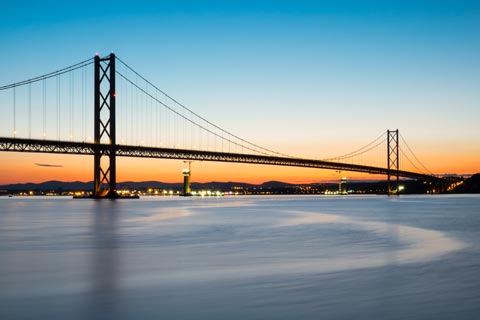
Then to the "birthday bridge" itself, a 60-year-old Category A listed structure (since 2001) that is over 2.5 km in length and even has its very own motto – "Guid Passage", a motto it has held since it opened in 1964.
The Forth Road Bridge came into being after the requirement for a bridge across the Firth of Forth was identified (at the time, only the Forth Bridge existed).
Although this was considered during the 1920s, nothing progressed for almost 3 decades, during which time the rise in motor traffic meant long delays in crossing by ferry.
Specialist design
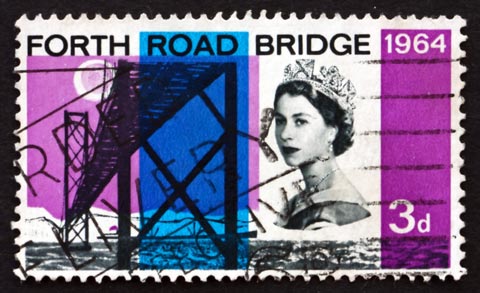
In a true example of collaboration, the Forth Road Bridge was created thanks to the joint efforts of 3 different construction companies, with Macintosh Rock being the designated location.
Interestingly, Sir William Arrol was one of the individuals involved, which was notable as he was also involved in creating the Forth Bridge.
Making such a structure is no mean feat, with many specialist efforts being required to ensure the overall design was fit for purpose. In fact, a specialist training facility was set up in Queensferry as this bridge was being built so workers could be taught how to spin the cables (made by the nearby company of Bruntons of Musselburgh).
Did you know? Box girders installed in 1963, just before this bridge was opened, were shielded with a Union Jack and Lion Rampant.
The Forth Bridge Today
Fast forward to the present day, and The Forth Road Bridge is still operational – albeit only for public transport, cyclists and pedestrians. This is because the number/type of vehicles on the road has significantly increased (and more than was predicted when the bridge was first built), paving the way for a whole new crossing to be created…
The Queensferry Crossing
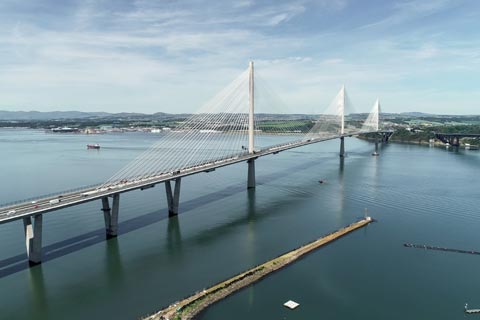
And that bridge is now known as the Queensferry Crossing! Thanks to its cable design, this bridge is instantly recognisable and visually striking. It also holds the title of the longest triple tower, cable-stayed bridge globally – quite an achievement!
Opened on the 30th August 2017, this bridge came into existence after the realisation that the Forth Road Bridge had started to weaken. Without a new bridge, the only option would be to limit the traffic crossing the Forth Road Bridge – which would be very disruptive.
The Queensferry Crossing links Edinburgh with Fife, continuing the M90 motorway over the waters and beyond, creating a vital link for motorists needing to get around Scotland.
Construction
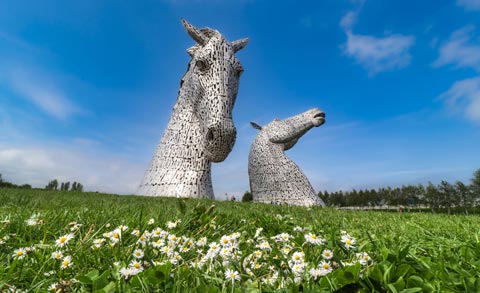
As with all bridges, building these structures is fascinating, and if you want to find out more, we recommend reading The Forth Bridges website. Nevertheless, when it comes to the Queensferry Crossing, we came across a few interesting facts we just had to share.
The first concerns itself with the amount of steel used during the construction phase – 7000 tonnes of steel was needed for the north and south viaducts… to put that into perspective, this amount of steel could create 23 of The Kelpies! Can you imagine having that many Duke and Barons dotted around?!
It is also the tallest bridge in the UK, standing at 210 metres high. Imagine having 48 London buses stacked one on top of the other, and you can see how tall this bridge is.
The Three Bridges

Have you heard of the Forth Bridges Trail? As the name suggests, this is a walk that features not 1, not 2, but all 3 bridges…all within just 5 miles!
Well, it's worth adding to your bucket list and a fantastic way to see all 3 bridges within a short timespan!
Explore Scotland’s many attractions with Scottish Tours
The trio of bridges spanning the Firth of Forth is just one of the iconic sights you can experience with Scottish Tours.
Select your perfect Scotland Tour today.

